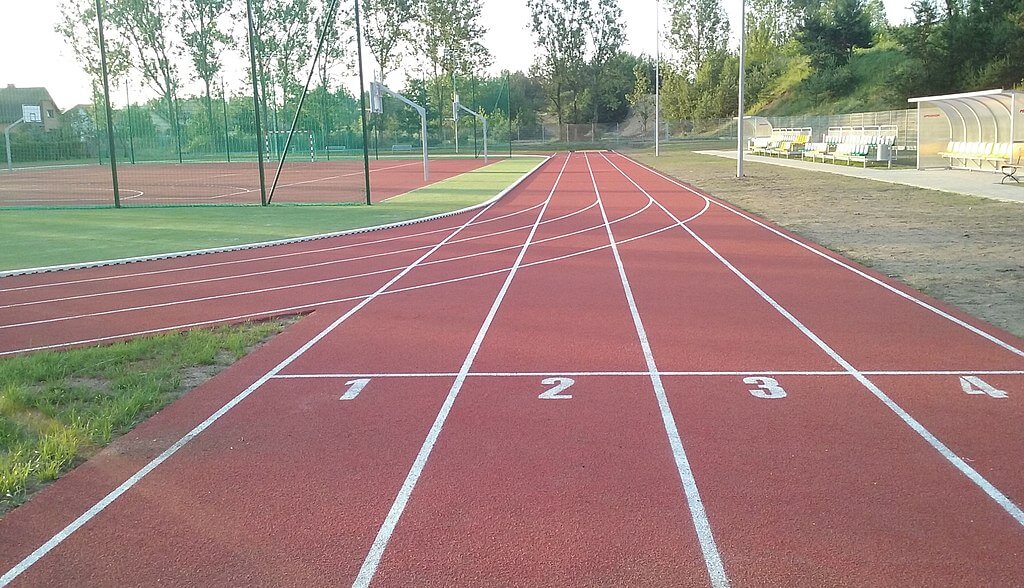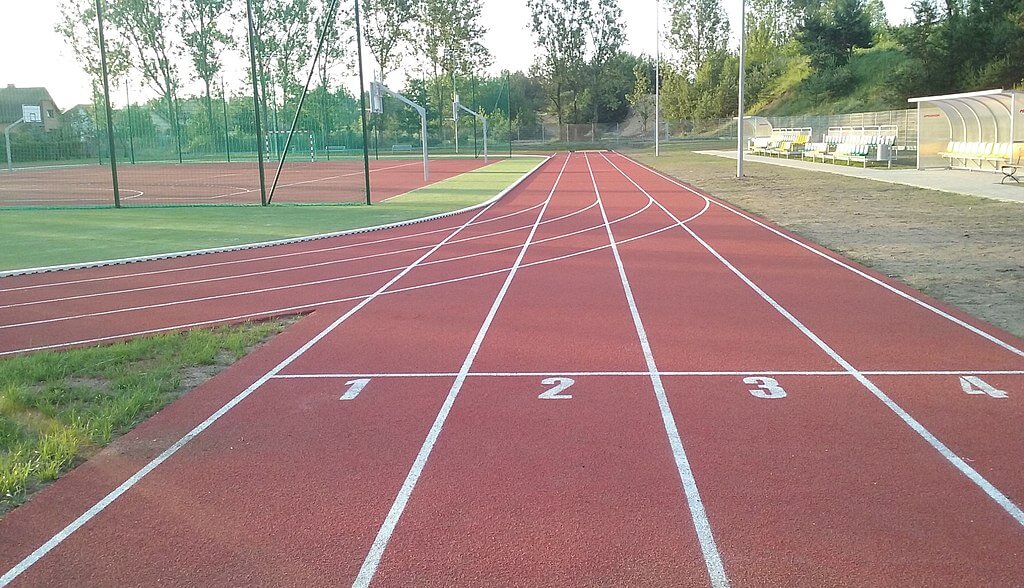
A federal judge ruled on January 5 that a West Virginia law forbidding transgender girls from competing on girls’ scholastic sports teams does not violate the constitution or the federal law banning sex discrimination by educational institutions.
West Virginia enacted the “Save Women’s Sports Bill” in 2021. The bill says that “inherent differences” between “biological males and females” justify having separate athletic teams for “biological males” and “biological females,” and that regardless of gender identity, for purposes of sports competition, transgender females are biological males.
Becky, the plaintiff in B.P.J. v. West Virginia Board of Education, is now 11 years old, She was identified as male at birth, but “began expressing her female gender identity when she was three years old,” according to the complaint filed on her behalf by Lambda Legal and the American Civil Liberties Union. “By the end of third grade, B.P.J. expressed herself fully — both at home and otherwise — as a girl,” wrote US District Judge Joseph R. Goodwin. She was diagnosed with gender dysphoria in 2019 and began taking puberty blocking medications at the first signs of puberty, so she has “not undergone endogenous male puberty,” wrote the judge.
When she was preparing to enter middle school, she wanted to try out for the girls’ cross-country and track teams. Her mother asked the school to let her participate, but they told her that it would depend on what happened with the “Save Women’s Sports Bill,” which was then being considered by the state legislature. When the bill passed, B.J.P. was informed that she would not be permitted to try out for the girls’ team. She filed her lawsuit on May 26, 2021, claiming a violation of Equal Protection under the 14th Amendment and of Title IX of the Education Amendments of 1972, which bans sex discrimination.
She immediately sought a preliminary injunction so she could try out for the team while the case was pending. The decision whether to grant a preliminary injunction requires the court to determine whether Becky had a likelihood of success on the merits of her “as-applied” challenge to the law. Judge Goodwin granted the preliminary injunction, but shortly thereafter granted a motion by a cisgender female college athlete, represented by Alliance Defending Freedom (ADF), to intervene to defend the law from the perspective of a “biological woman” who might have to compete with transgender “biological men.”
Despite issuing the preliminary injunction, which allowed B.P.J. to try out for the girls’ team for the 2021-22 season, Judge Goodwin changed his mind about the merits, ruling for the state and the intervenor on January 5.
Before explaining his ruling, Judge Goodwin noted that B.P.J. was not arguing that the West Virginia law was unconstitutional under the “animus” doctrine, which holds that a legislature cannot pass a law that discriminates against a disfavored group out of animus against that group. She also was not challenging a policy of having separate teams for boys and girls. Instead, she was arguing that she was “similarly situated” to cisgender girls for all relevant purposes and thus should be entitled to be treated the same as them.
Judge Goodwin found that the law should be tested under the “intermediate scrutiny” standard that some courts have adopted to evaluate transgender discrimination claims. Under this standard, the state can successfully defend a discriminatory law by showing that it significantly advances an important state interest. He treated the issue before the court as whether the state could define sex as “biological sex” and treat B.J.P. as male for purposes of sports competition.
“Whether a person has male or female sex chromosomes determines many of the physical characteristics relevant to athletic performance,” wrote Goodwin. “While some females may be able to outperform some males, it is generally accepted that, on average, males outperform females athletically because of inherent physical differences between the sexes. This is not an overbroad generalization, but rather a general principle that realistically reflects the average physical differences between the sexes. Given B.P.J.’s concession that circulating testosterone in males creates a biological difference in athletic performance, I do not see how I could find that the state’s classification based on biological sex is not substantially related to its interest in providing equal athletic opportunities for females.”
Although he conceded that by taking puberty blockers, B.J.P. may have avoided the physical advantage that “biological males,” on average, enjoy, he wrote that “other transgender girls may not take those medications” for a variety of reasons, including realizing their female gender identity after going through some or all of puberty or having difficulty in accessing the treatment. “And,” he wrote, “as evidenced by the thousands of pages filed by the parties in this case, there is much debate over whether and to what extent hormone therapies after puberty can reduce a transgender girl’s athletic advantage over cisgender girls.” Indeed, he found that “the social, medical, and physical transition of each transgender person is unique” but “the fact is… that a transgender girl is biologically male and, barring medical intervention, would undergo male puberty like other biological males.”
The oddity here is that Goodwin’s analysis treats this “as-applied” challenge as if it is a “facial challenge.” The question B.J.P. sought to pose is whether it violated her rights to apply a categorical exclusion of all “biological males” to her, rather than to have a policy of treating each transitioning person as unique to be evaluated based on their individual history. Because she identified as female very early, took puberty blocking medications, and has not gone through male puberty, she argues that in terms of physical capabilities, she is more like cisgender girls of her age than biological boys of her age.
But the judge was convinced by ADF’s argument on behalf of the cisgender intervenor, who asserted that “some boys run slower than the average girl and some boys have circulating testosterone levels similar to the average girl because of medical conditions or medical interventions,” but B.J.P. has not argued that those boys should be allowed to play on girls’ teams. “This is inconsistent with her argument that the availability of hormone therapies makes transgender girls similarly situated to cisgender girls,” wrote Goodwin.
“In fact,” he wrote, “after reviewing all of the evidence in the record, including B.P.J.’s telling responses to requests for admission, it appears that B.P.J. really argued that transgender girls are similarly situated to cisgender girls for purposes of athletics at the moment they verbalize their transgender status, regardless of their hormone levels.” The lack of an actual quotation of a statement by B.P.J. to this effect in the court’s opinion causes one to doubt that she was making such an argument, however.
But Goodwin concluded that “the legislature’s definition of ‘girl’ as being based on ‘biological sex’ is substantially related to the important government interest of providing equal athletic opportunities for females.” As such, he decided that it survives the heightened scrutiny test.
Turning to Title IX, Goodwin reached the same result. “There is no serious debate that Title IX’s endorsement of sex separation in sports refers to biological sex,” he wrote. Since he had already found in his Equal Protection analysis that “transgender girls are biologically male” and thus, on average, advantaged over cisgender girls in athletic competition, he found that the West Virginia policy was fully consistent with Congress’ intent in Title IX to afford equal opportunity for female students to compete in scholastic athletics.
“I have no doubt that H.B. 3393 aimed to politicize participation in school athletics for transgender students,” wrote the judge. “Nevertheless, there is not a sufficient record of legislative animus.” In other words, he concluded that the law was not shown by evidence to be the product of bias against transgender girls, but rather was motivated by the legislature’s desire to protect cisgender girls from what the legislature considered to be unfair competition from boys.
An appeal of Judge Goodwin’s ruling would go to the US Court of Appeals for the Fourth Circuit, which has yet to weigh in on this issue.
Judge Goodwin was appointed by President Bill Clinton in 1995.








